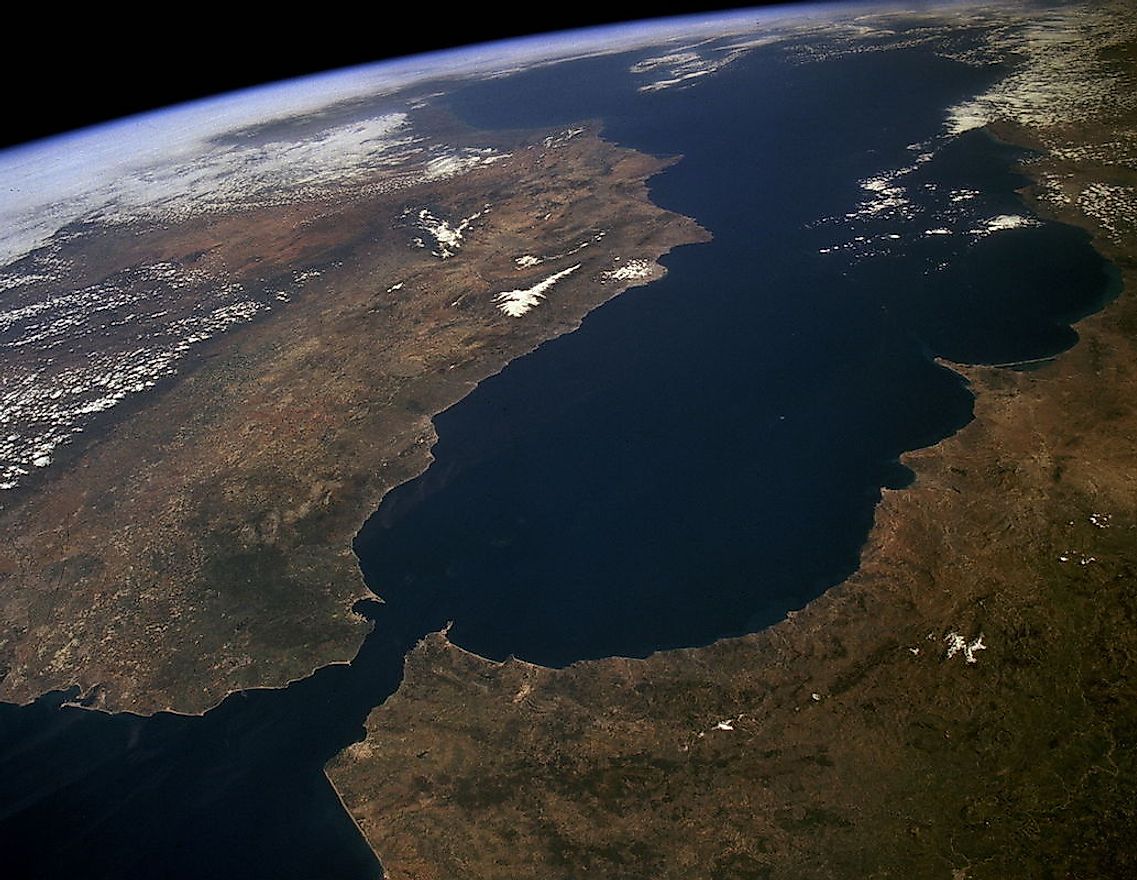What Is The Significance Of A Choke Point?

What Is A Chokepoint?
Military forces implement military strategies in pursuit of a military objective such as capturing an opponent, overcoming an enemy, and accessing an area. Military strategies have been termed as the art of generals because it deals with planning and conducting of campaigns. One of the conventional military strategies is the use of the choke point. A choke point is a feature on land or at sea including valley, defile, and strait which a military force is required to pass through. The choke point is sometimes substantially narrow, significantly reducing the effectiveness of the military force. A choke point allows a numerically inferior army to attack and overcome an opponent with a large army if they cannot bring the superior number to bear.
What Is The Significance Of A Choke Point?
Straits are littered across the oceans of the world, especially next to the land masses that restrict the passage of ships to narrow passages. The Straits act as chokepoint offering possible control of the communications on the sea lanes. Many chokepoints are located near politically unstable nations, increasing navigation risk and compromising access and use. As military forces navigate within their areas of operation, they must go through these choke points to access the sectional area of their opponents. The choke point enables the forces to achieve mobility and operational flexibility. Chokepoints are prominent in the global economy and shipment of goods across the oceans with 20% of oil shipped around the world passing through the Strait of Hormuz. The choke points on Atlantic Oceans are of major importance to the Royal Navy.
Historical Examples Of Choke Points
Choke points were used by King Leonidas I during the invasion in the Battle of the Stamford Bridge. The choke points on the Caribbean attracted the pirates in the 17th century when the Spanish ships leaving America required a passage to gather a strong and prevailing wind that would push them to Spain. Critical choke points were historically identified by the British in defense of their ongoing colonization. Examples of these choke points include Strait of Hormuz which is one of the most important passages because of its support for the majority of the ongoing trade between Europe and Pacific Asia. The choke point at Strait of Bab el-Mandeb is an important link between the Red Sea and the Indian Ocean controlling the access to the Suez Canal. The Strait of Malacca, a strategic link between Malaysia to Indonesia, is the main shipping channel between the Indian Ocean and the Pacific Ocean.
Royal Navy Choke Points
The size of the UK’s Royal Navy has increased over the last two centuries. The Royal Navy controlled most of the oceans and seas because of its sheer size. The British Empire considered choke points important in the control of trade within and between its colonies and also in its defense. The choke points still play an important role in the activities of the Royal Navy. The British have three major choke points including the English Channel, the GIUK gap, and Strait of Gibraltar. The choke points provide protection by limiting access of the northern European to the open Atlantic and also ensure that the British have strategic control over the fortress of Gibraltar.











